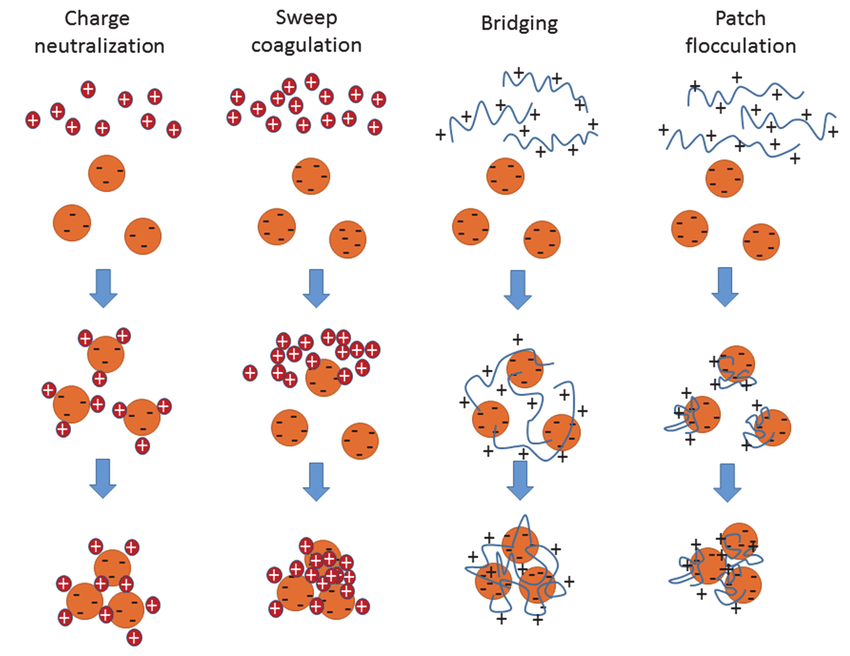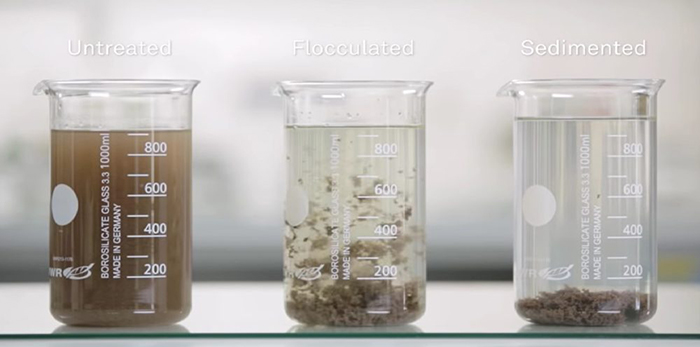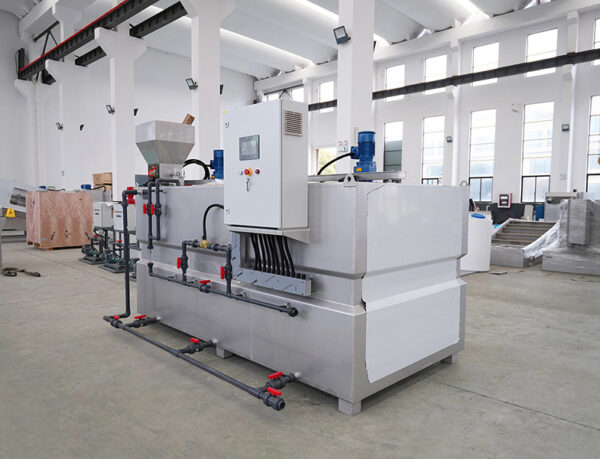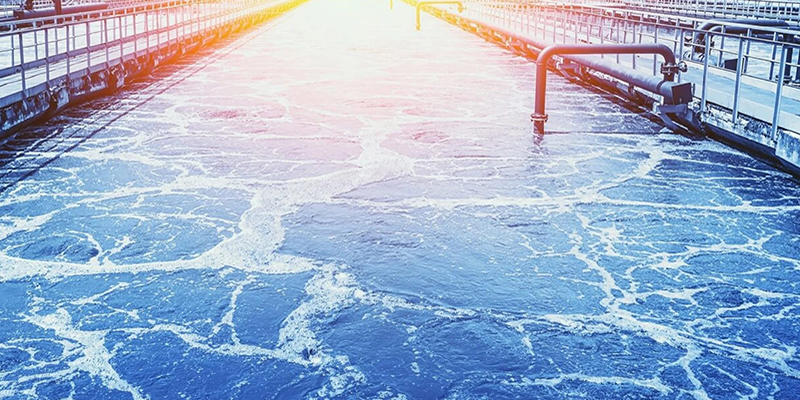In modern water and wastewater treatment, flocculation is a vital process that enables the effective removal of suspended solids, colloidal particles, and other fine contaminants. Selecting the best flocculants for wastewater treatment is not only crucial for achieving regulatory compliance but also for reducing operational costs, optimizing sludge handling, and improving overall plant efficiency.
🔬 What Are Flocculants?
Flocculants are chemical agents designed to aggregate suspended solids in water into larger, denser clusters called flocs. These solids, often colloidal in nature, carry surface charges that keep them dispersed and prevent natural settling. Flocculants reduce interparticle repulsion and encourage binding between particles, enabling their efficient removal via sedimentation, filtration, or flotation.
🧬 Mechanisms of Action
Flocculation typically follows the coagulation process. While coagulation destabilizes particles by neutralizing their charge (using coagulants like alum or ferric salts), flocculants facilitate particle agglomeration through:
- Polymer bridging: High molecular weight polymers adsorb onto multiple particles, linking them together.
- Charge patching: Positively charged flocculants adhere to negatively charged particles, neutralizing residual charge and promoting attraction.
- Sweep flocculation: Inorganic coagulants form precipitates that entrap or enmesh particles during settling.
This process is crucial in both primary and secondary treatment stages, particularly in industries where water clarity, solids separation, and sludge management are critical performance indicators. These mechanisms are influenced by multiple parameters, including pH, ionic strength, mixing energy, temperature, and particle surface chemistry.

🌍 Application Contexts
Flocculants are used across a wide spectrum of industries, such as:
- Municipal wastewater treatment – Enhancing settling in clarifiers, improving effluent quality
- Mining and mineral processing – Clarifying tailings and recovering process water
- Food and beverage – Treating high-COD organic wastewater
- Pulp and paper – Removing suspended fibers and organic matter
- Oil and gas – Clarifying produced water and separating oil/water mixtures
Choosing the best flocculants for wastewater treatment in each of these applications can dramatically improve both water quality and operational efficiency.
🧪 Importance in Process Optimization
The efficiency of flocculation significantly impacts operational costs and environmental compliance. Proper use of flocculants can lead to:
- Reduced sludge volume and dewatering costs
- Enhanced clarity and quality of treated water
- Lower chemical consumption when paired with optimized dosing
- Stable operation of downstream equipment such as filters and centrifuges
🧪 Types of Flocculants
Flocculants are broadly categorized by their composition and ionic charge properties:
1- Inorganic Flocculants
These are metallic salts that often serve both coagulation and flocculation roles.
- Examples: Aluminum sulfate (alum), ferric chloride, polyaluminum chloride (PAC)
- Advantages: Economical, fast reaction rates
- Limitations: High sludge volume, sensitivity to pH, corrosion risk
2- Synthetic Organic Flocculants
High molecular weight polymers designed for specific particle interactions.
- Cationic polymers: For negatively charged solids (e.g., in sludge dewatering)
- Anionic polymers: Effective in processes involving positively charged particulates (e.g., mining)
- Non-ionic polymers: Used when surface charges are minimal
- Examples: Polyacrylamide (PAM), polyamines, DADMAC-based polymers
- Advantages: High floc strength, reduced chemical demand, low sludge volume
- Limitations: Sensitive to overdose, higher cost
3- Natural Flocculants (Bioflocculants)
Derived from renewable biological materials.
- Examples: Chitosan, starch derivatives, cellulose-based agents
- Applications: Eco-sensitive processes such as aquaculture or food effluent treatment
- Advantages: Biodegradable, low environmental impact
- Limitations: Limited shelf life, variable performance
Understanding these categories is essential for identifying the best flocculants for wastewater treatment across different operational environments.

⚙️ How to Select the Best Flocculant for Wastewater Treatment
Selecting the appropriate flocculant is critical for treatment efficiency and depends on multiple parameters:
| Parameter | Considerations |
| Suspended solids (TSS) | Type, size, and concentration of particles present |
| pH and conductivity | Influences flocculant solubility and charge activity |
| Zeta potential | Determines particle stability and surface charge interaction |
| Water temperature | Affects polymer reaction kinetics and mixing efficiency |
| Sludge management strategy | Impacts dewatering performance and sludge cake quality |
| Environmental regulations | Limits on residual chemicals, toxicity, and biodegradability |
Jar testing is a critical step in determining flocculant effectiveness. It helps establish optimal dosage, reaction time, and compatibility with other treatment chemicals, key steps in identifying the best flocculants for wastewater treatment under real-world conditions.
🤖 Why Automated Dosing Systems Are Essential
Precise and consistent chemical dosing is essential to maximize flocculant performance. Manual dosing can lead to underdosing (poor clarification) or overdosing (increased costs and residuals).
Automated flocculant dosing systems, such as those offered by AIMEQUIP, are engineered to:
- Prepare polymer solutions with optimal dilution and aging
- Accurately meter flocculant based on flow rate, turbidity, or sludge volume
- Integrate with SCADA/PLC systems for real-time process control
- Minimize operator error and reduce chemical waste
- Ensure stable performance under variable loading conditions
💡 These systems ensure that even the best flocculants for wastewater treatment are delivered at the right time and concentration for maximum impact.

✅ Choosing the Best Flocculant for Your Process
There is no universal solution when it comes to selecting the best flocculants for wastewater treatment. The ideal choice depends on your application, water chemistry, treatment goals, and budget.
With proper flocculant selection and a high-performance dosing system, operators can expect:
- Enhanced solids removal and effluent clarity
- Reduced chemical usage and sludge volumes
- Lower operating costs
- Compliance with strict environmental discharge standards
📞 Need Technical Support?
AIMEQUIP offers a comprehensive range of flocculant dosing systems and can assist with chemical selection, pilot testing, and system integration. Contact our team today to identify the best flocculants for wastewater treatment specific to your industry and application.

